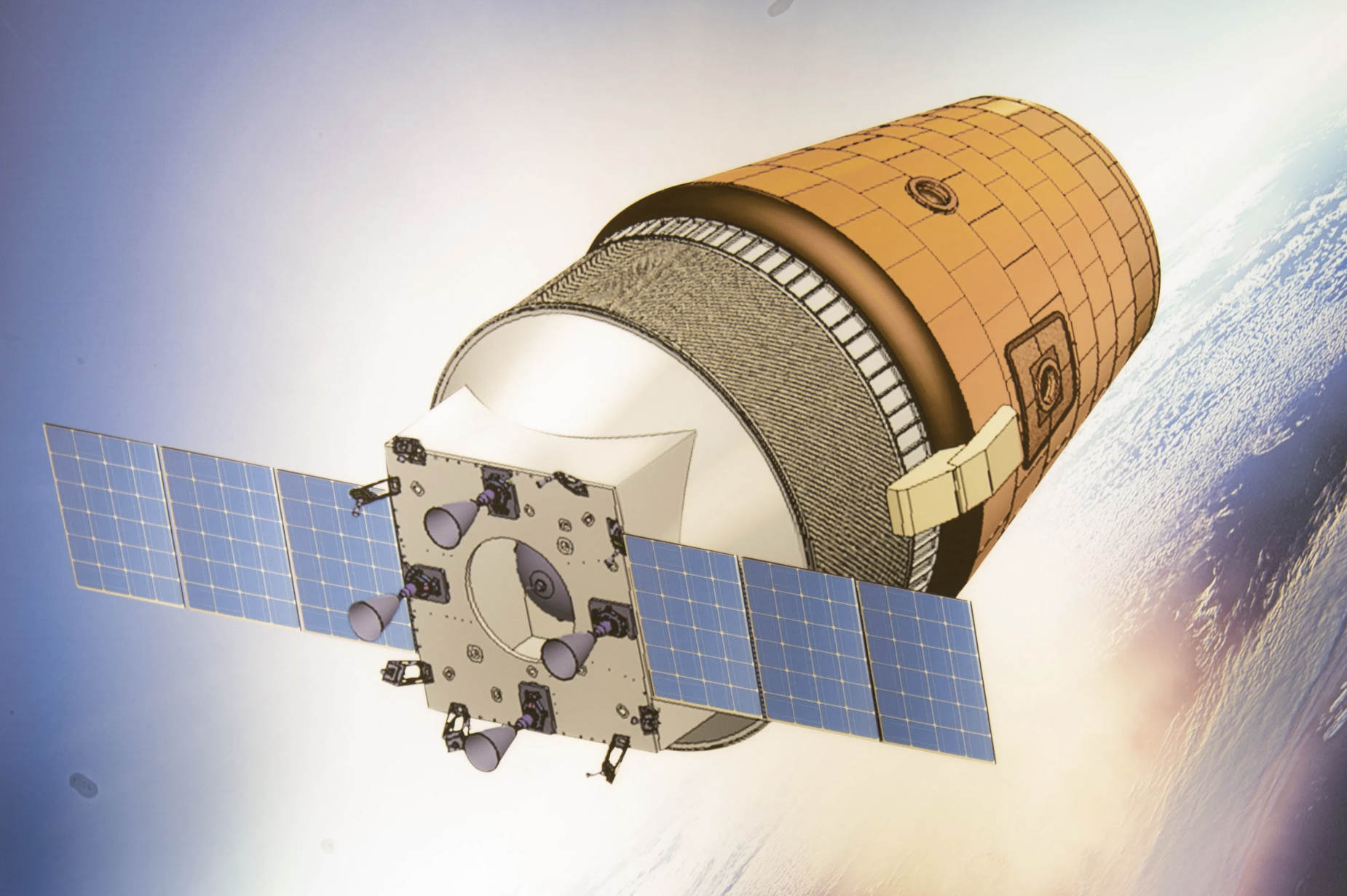
U.S.-based space habitation company Vast is exploring the possibility of using Indian rockets to send astronauts to its upcoming commercial space station, Haven-1, set for launch in May 2026.
The company’s CEO, Max Hoat, met with top officials of the Indian Space Research Organisation (ISRO) on the sidelines of the Global Space Exploration Conference to discuss potential collaboration in space technology.
Haven-1 set for 2026 launch aboard SpaceX Falcon 9
As told to PTI, Hoat said, “Right now, we are on track with our launch for May 2026.” The Haven-1 spacecraft — a single-module commercial space station — will be launched aboard a SpaceX Falcon 9 rocket. The California-based firm aims to complete initial tests by next year and begin crewed missions by July 2026. A more ambitious project, Haven-2, is expected to launch its first module in 2028.
Vast is among the front-runners in developing a next-generation space station, positioned to succeed the International Space Station (ISS), which is scheduled for decommissioning in 2031. The company has also signed a five-year, unfunded Space Act Agreement (SAA) with NASA to support the development of its space station modules.
India’s Gaganyaan mission draws attention
Hoat expressed particular interest in India’s upcoming Gaganyaan mission, which is expected to conduct its first human spaceflight by early 2027. He said, “We are interested in flying payloads in science from India. The other interest we have is the possibility of using Gaganyaan rockets as a transport service for our space station.”
India’s Launch Vehicle Mark-III (LVM-3), the rocket intended for the Gaganyaan mission, has already proven its capabilities by launching OneWeb satellites into orbit.
Looking beyond SpaceX for astronaut transport
While Vast currently relies on SpaceX for launching Haven-1, the company is evaluating alternatives for crew transport. “Right now, we are solely focused on the SpaceX offering, but we are interested to hear whether there will be a competitive, reliable, safe option that we can use to bring our customers using the Gaganyaan vehicle to our space station,” he told PTI.
Haven-1 design and capabilities
The Haven-1 spacecraft is designed to accommodate four astronauts for missions lasting about two weeks. It features four crew quarters, a common area with a deployable table, mid-deck lockers for science modules, and multiple crew interfaces.
Shared ambitions for space infrastructure
Vast is also open to deeper cooperation with India, including reciprocal access to each other’s space station infrastructure. “Space is one of the most amazing collaborative fields in the world. And so, we are extremely open to ideas. Some of the ideas that were being discussed is, you know, maybe we can offer access to our space station but also get access to that (India’s) space station and share capacity or share size,” Hoat said.
He noted that the geopolitical environment further supports India-U.S. collaboration in human spaceflight. “We definitely see a lot of opportunities if, obviously, India and the ISRO welcome us to collaborate, especially as our two countries are politically very friendly,” Hoat said. He added, “The two other human-spaceflight-capable countries — Russia and China — are not in the same acceptable region for the current U.S. politics. So that creates a unique situation where we might have two human spaceflight capable countries that can work together.”
